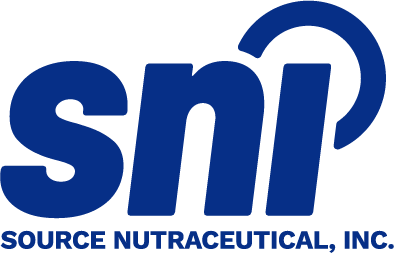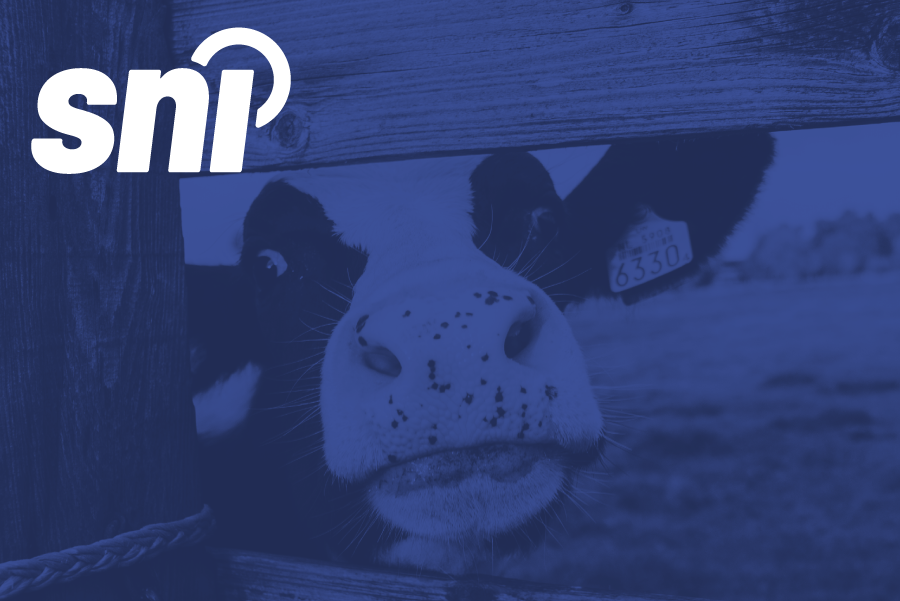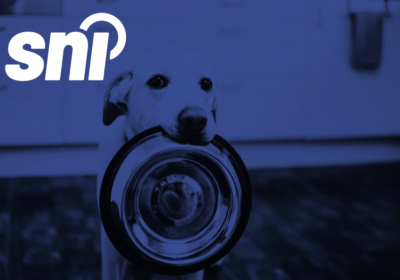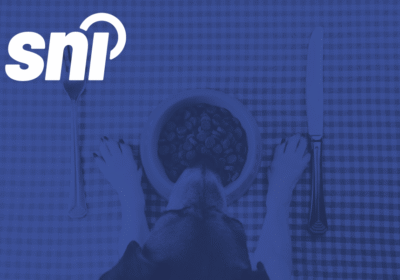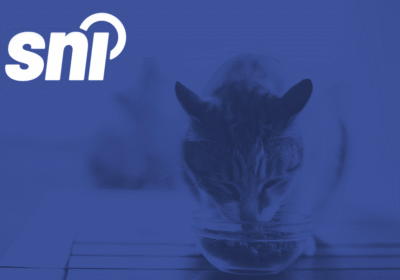For manufacturers and brand owners preparing to enter the Canadian market, one of the most critical early steps is determining whether a product will be classified as pet food or as livestock feed. This classification is not simply a formality. It defines which regulations apply, which authorities are responsible, and whether pre-market approvals or registrations are required. Making this determination at the outset helps avoid costly delays and ensures a smoother market entry.
This article outlines the key differences between pet food and livestock feed, with a focus on what manufacturers should consider when producing or importing livestock feed into Canada. For a more detailed discussion on pet food regulations and labelling, please see our earlier post (Pet Food Labelling in Canada – Complete Compliance Guide for Success).
It is important to note that this guide provides only a high-level overview. The regulatory requirements for livestock feed are complex, and product-specific factors often determine whether registration, additional data, or specialized compliance measures are needed. For tailored guidance, we encourage you to contact our team for a product-specific assessment. This content is intended solely as an introduction to the Canadian regulatory landscape.
Understanding the Core Distinction Between Pet Food and Livestock Feed
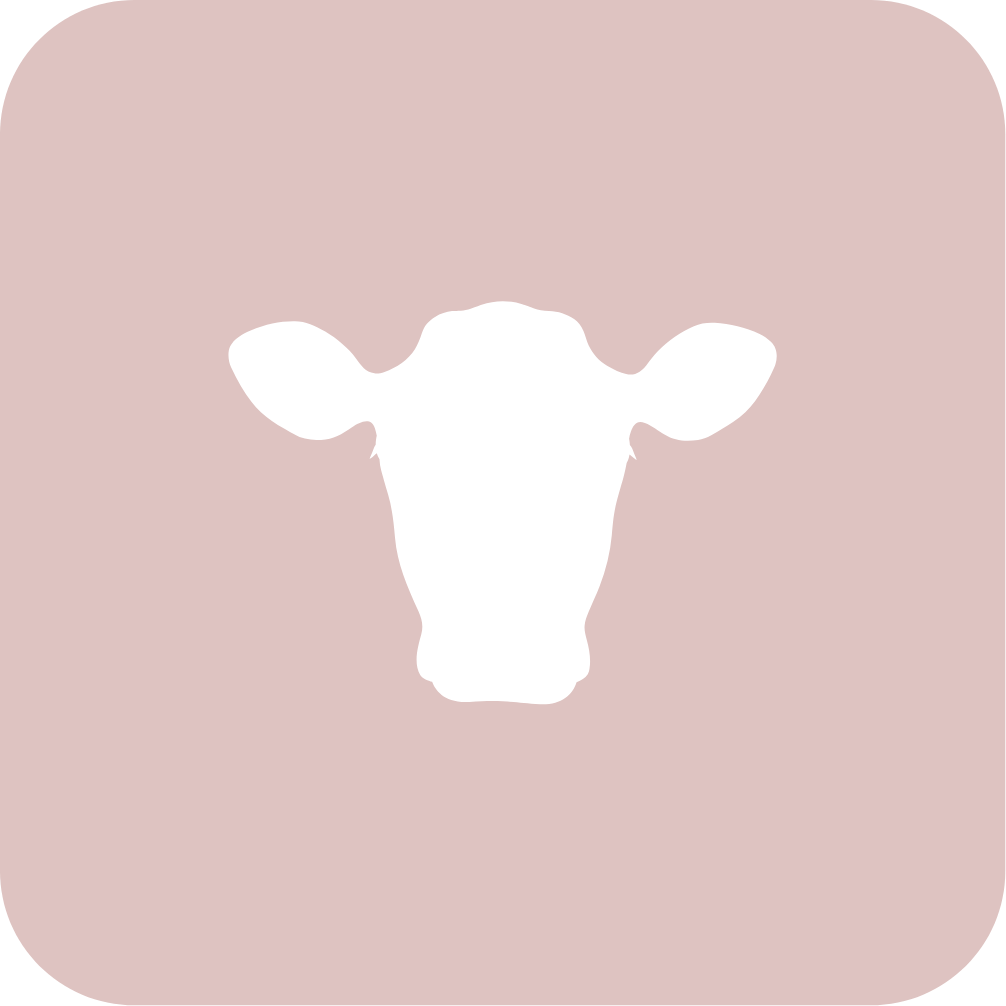
The Feeds Act defines livestock feed (animal feed) as any substance that is manufactured, sold, or represented for use in the nutrition of livestock. Livestock refers to animals raised for food or agricultural production such as cattle, swine, poultry, goats, sheep, equine, aquaculture species, and even rabbits and bees. Pets, including dogs and cats, are not considered livestock under this framework.

In contrast, pet food is defined as food manufactured, sold, or represented for use as nourishment for companion animals. This category includes foods and treats formulated for dogs, cats, and other domesticated pets that are not raised for agricultural production. Unlike livestock feed, pet food is regulated with a focus on companion animal nutrition, labelling accuracy, and marketing claims, rather than food safety considerations for the human food supply chain.
This distinction creates two very different regulatory tracks. Pet food is regulated as a consumer product, while livestock feed falls under the Feeds Act and the Feeds Regulations, 2024,with oversight from the Canadian Food Inspection Agency (CFIA).
For example, a bag of dry dog food labelled “Complete Nutrition for Adult Dogs” is not regulated as feed under the Feeds Act. However, a starter crumble for broiler chicks is livestock feed and must meet all CFIA requirements for approval, labelling, and composition.
How Pet Food is Regulated in Canada
In Canada, pet food is regulated under several federal laws rather than a single comprehensive framework. Oversight is shared between CFIA which manages import controls and animal health safeguards, and the Competition Bureau, which enforces requirements under the Consumer Packaging and Labelling Act and the Competition Act. Health Canada may also be involved if a product contains ingredients or makes claims that would classify it as a drug instead of a food.
There are no mandatory Canadian nutrient standards for pet food. However, many manufacturers voluntarily follow the guidelines of the Association of American Feed Control Officials (AAFCO) to support claims that a product is “complete and balanced.” All labels must be truthful, bilingual, and include details such as product identity, ingredient lists, guaranteed analysis, and feeding instructions. Products containing animal-derived ingredients face additional import requirements, which may include permits, inspections, and traceability documentation.
For companies entering the Canadian market, compliance with pet food regulations means navigating overlapping requirements in safety, labelling, claims, and imports. To learn more about these requirements in detail, including specific labelling standards, nutritional adequacy statements, and import procedures, we encourage you to read our full article on navigating Canada’s pet food regulations.
How Livestock Feed is Regulated in Canada
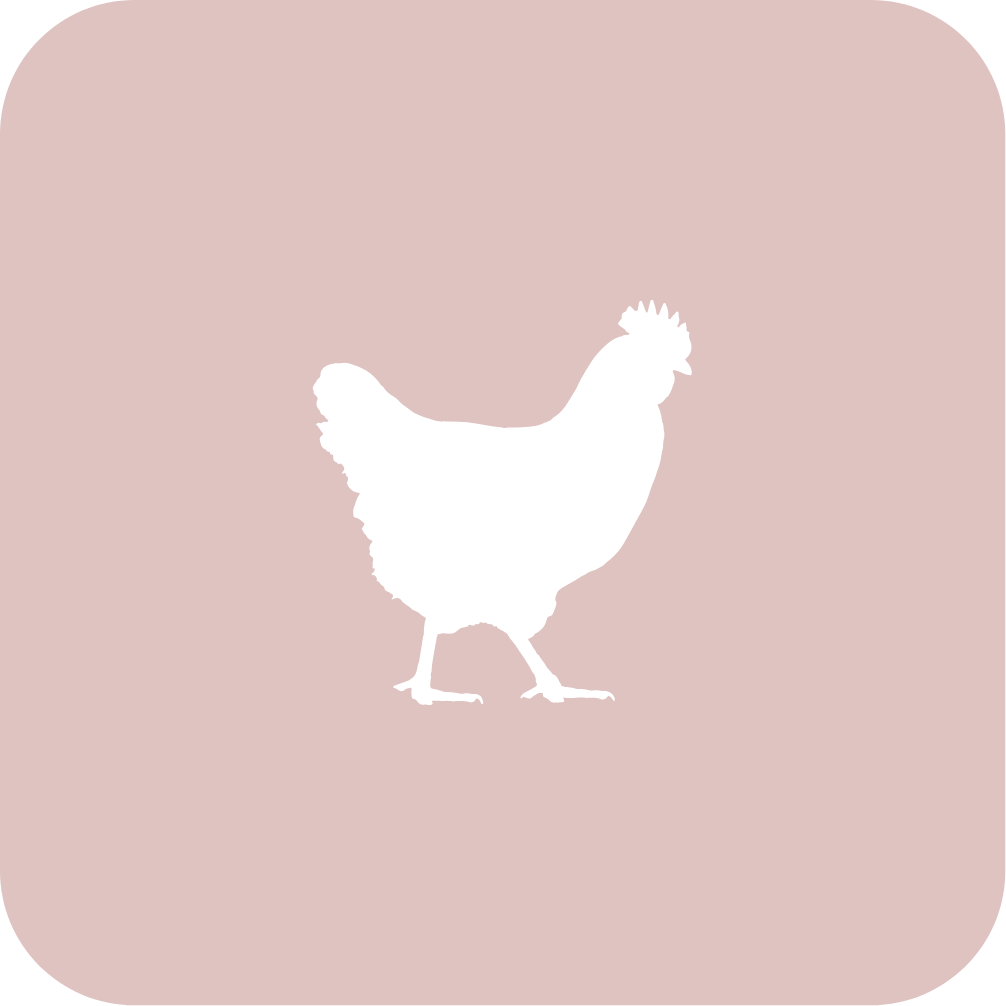
Livestock feed, on the other hand, is regulated under the Feeds Act and Feeds Regulations, 2024, with CFIA as the lead authority. Unlike pet food, livestock feed must use only approved ingredients, follow strict labelling rules, and, in many cases, undergo pre-market registration.
Livestock Feed Ingredient Control
All livestock feed ingredients must be listed in the Canadian Feed Ingredients Table (CFIT). The CFIT describes the identity, purpose, and conditions of use for each approved ingredient. If a manufacturer wishes to use an ingredient not listed in the CFIT, or in a way that falls outside the defined conditions, a pre-market evaluation and approval are required.
For example, wheat middlings used as defined in the CFIT can be used freely, while a novel microbial additive for poultry must undergo CFIA review prior to its use in a livestock feed product.
When Registration of Livestock Feed is Required
Not all livestock feeds sold in Canada require pre-market registration. If a product is composed only of ingredients listed in Part I of Schedules IV or V of the Feeds Regulations, 2024 and is labelled according to the prescribed requirements, it is typically exempt. However, registration becomes mandatory when a feed falls into certain categories that present higher risks or require closer oversight.
A novel ingredient is any feed material that is not yet listed in Schedules IV or V of the Feeds Regulations. Since these schedules set out all approved single-ingredient feeds with their definitions and permitted conditions of use, any new substance must undergo a full pre-market safety and efficacy assessment before it can be used.
For example, if a company develops a new algal protein source that is not yet listed in Schedule IV, it would need to be evaluated and approved by CFIA before use in livestock diets.
Part II ingredients are substances that are already recognized in Schedules IV or V, but with a caveat. These ingredients are not exempt from registration because their safety or efficacy can vary significantly depending on the source or the manufacturing process. Each manufacturer or supplier of a Part II ingredient must obtain its own registration with CFIA.
For instance, yeast culture may be listed in Part II, but a registration is required for every unique manufacturing source to ensure consistency and compliance with the defined specifications.
Additionally, feeds that carry specialty functions also require registration, even if they are composed entirely of listed ingredients. Specialty feeds are those designed for purposes beyond basic nutrition, such as mould inhibitors, antioxidants, enzyme supplements, viable microbial products like probiotics, or pellet binders. Because these products play a technological or functional role in the diet rather than serving as straightforward nutrient sources, CFIA requires a pre-market assessment to ensure their safety, efficacy, and appropriate labelling.
Medicated feeds, which include drugs authorized by Health Canada, must also follow strict rules set out in the Compendium of Medicating Ingredient Brochures (CMIB).
As an example, a vitamin-mineral premix for dairy cattle may be exempt from registration if it uses only approved ingredients and makes no unapproved claims. On the other hand, a probiotic additive marketed with a performance claim will require registration supported by safety and efficacy data.
CFIA’s Position on Salvaged Pet Food in Livestock Feed

CFIA prohibits the use of salvaged or distressed pet food in livestock feed. Salvaged pet food includes products that are expired, damaged, returned, or unsellable for retail sale. While such products may appear nutritionally viable, they can contain ingredients not approved for livestock under the Feeds Regulations, 2024, such as drug-like additives or rendered animal proteins that are prohibited in ruminant diets.
Because of these risks, CFIA does not accept applications to register pet food as a livestock feed ingredient. This means expired dog kibble, for example, cannot be diverted into hog rations, regardless of its nutrient profile. The policy protects livestock health, prevents contamination of the human food chain, and ensures only approved ingredients listed in Schedules IV and V are used in regulated feeds.
Labelling Requirements for Livestock Feed
Under the Feeds Regulations, 2024, all livestock feeds sold, imported, or manufactured in Canada must carry a label that provides accurate and complete information to support safe use. For bagged or packaged feeds, the label must be affixed directly to the container. For bulk shipments, commercial documents such as invoices or bills of landing may serve as the label, provided they include every required element.
With exceptions, most livestock feed labels must include the following components:
- Name of the feed, clearly specifying the intended species and class (for example, “Starter feed for broiler chickens” or “Mineral supplement for lactating dairy cows”).
- Directions for use, detailed enough to ensure safe and effective feeding.
- Guaranteed analysis, showing nutrient guarantees in prescribed units such as protein, fat, fibre, or moisture.
- List of ingredients, using names approved in the CFIT
- Name and address of the manufacturer, registrant, or importer.
- Identification code (lot number) for full traceability.
- Net amount, expressed in metric units.
- Bilingual cautionary statements, warning statements, and prohibited-material statements, where applicable.
Overall, the specific labelling requirements for livestock feed vary depending on the type of product and its intended use. For a complete and detailed overview of these requirements, manufacturers and importers should consult Appendix 1 of RG-12 Regulatory Guidance: Labelling of Livestock Feeds. This document outlines the mandatory information for different feed categories and serves as the primary reference for ensuring labelling compliance in Canada.
Lastly, it is also important to note that QR codes or barcodes cannot replace mandatory printed information on the label. These may be used as supplementary tools, but the legally required information must always appear directly on the printed label or commercial document to ensure users have access at the point of feeding.
Additional Frameworks That Apply to Livestock Feed
While the Feeds Act and Feeds Regulations, 2024 form the core framework for livestock feed, manufacturers and brand owners should be aware that other federal regulations may also apply depending on the product’s composition, claims, or intended use.

The Health of Animals Regulations impose strict rules on the use of animal proteins in feed. Most importantly, mammalian proteins are prohibited in ruminant feed to prevent the spread of bovine spongiform encephalopathy (BSE). This is commonly referred to as the “feed ban” and is one of the most heavily enforced requirements in Canadian feed law. Any product containing rendered animal proteins must carry the correct warning statements and cannot be marketed for ruminant use.
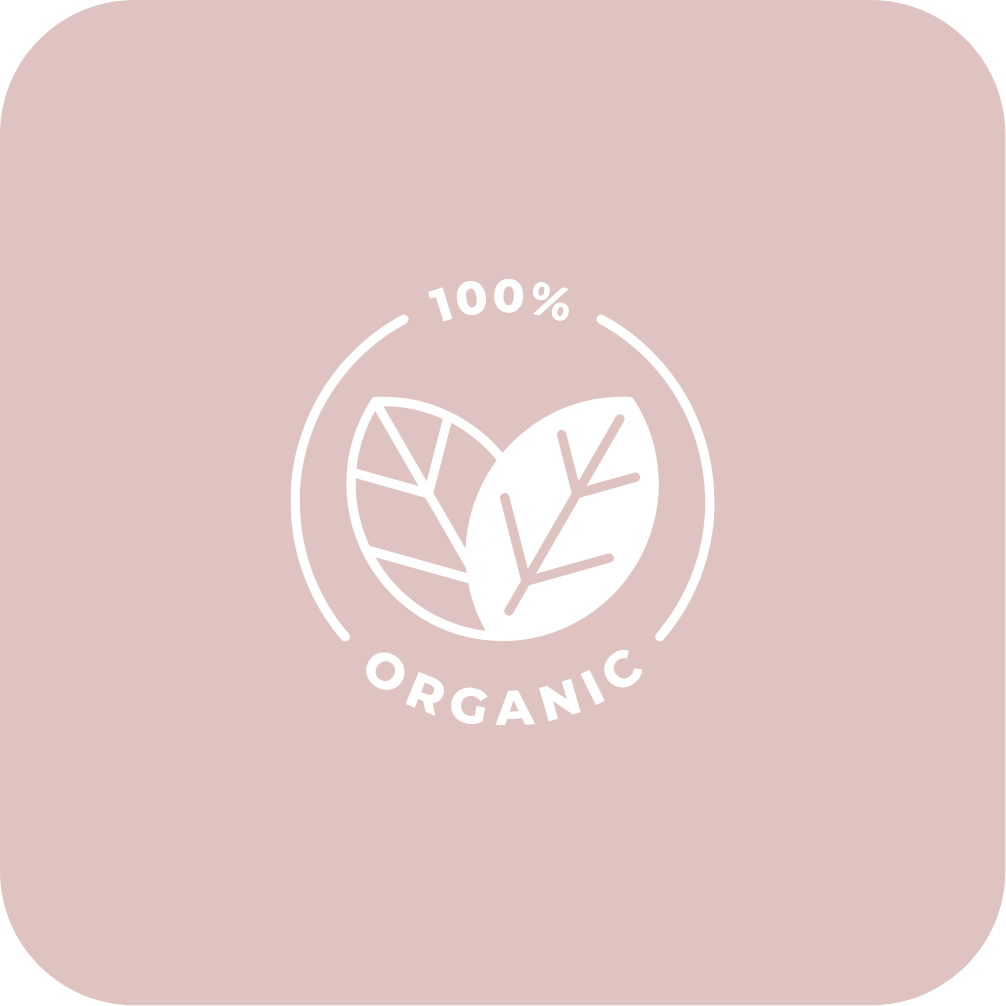
The Safe Food for Canadians Regulations (SFCR) apply when a feed product is marketed as organic. In these cases, both the feed and its ingredients must comply with the Canada Organic Regime. Only products that meet these standards can display the Canada Organic logo. For example, an organic layer mash intended for laying hens must be produced and certified under these regulations to be labelled as organic in Canada.

Drug-related claims are regulated under the Food and Drugs Act and its associated regulations, which are administered by Health Canada’s Veterinary Drugs Directorate. If a feed product is promoted for therapeutic purposes or carries drug-like claims (for example, stating that it prevents or treats a specific disease) it will be classified as a veterinary drug rather than a feed, and must go through a different regulatory pathway.
Lastly, if a product contains or uses pest control substances such as mould inhibitors, anticaking agents, or preservatives that function as pesticides, those substances are regulated under the Pest Control Products Act. These products must be approved and registered as pest control products before they can be incorporated into livestock feed.
Practical Examples of Livestock Feed
A company importing fish feed pellets must check all ingredients against the CFIT. If every ingredient is approved and the labelling complies with the Feeds Regulations, the product may be exempt from registration. If a single ingredient is not approved for that species, pre-market approval is required.
A probiotic intended for poultry gut health will require registration and supporting studies. By contrast, a dog biscuit with turmeric is regulated as a pet food and therefore does not enter the CFIA feed system.
A mineral block for cattle containing selenium must include specific guarantees and cautionary statements. An organic feed marketed across provinces must meet Canada Organic Regime requirements.
Final Remarks
The distinction between pet food and livestock feed is more than a technicality. It dictates which regulations apply, which authorities review the product, and what compliance steps are necessary. Pet food is treated as a consumer good subject to labelling and import controls, while livestock feed falls under a comprehensive regulatory system administered by CFIA.
For brand owners, the first step is classification, followed by a review of ingredient eligibility, potential registration triggers, and labelling compliance. By understanding these requirements early, businesses can position themselves for success in the Canadian market.
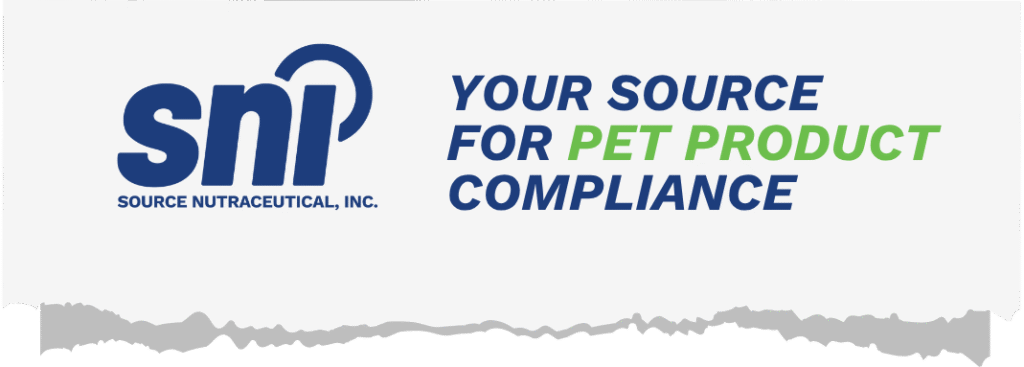
Partner with SNI for Expert Feed and Pet Food Compliance
Navigating Canadian regulations for livestock feed and pet food requires more than just a quality product. From the Feeds Regulations, 2024 to bilingual labelling and import requirements, compliance can be complex and time-sensitive.
At SNI, our Regulatory Affairs team supports manufacturers, importers, and brand owners with ingredient assessments, label development, registration, and compliance documentation. We help you launch market-ready products with confidence while avoiding costly delays.
🐂 More about our services here.
💡 Compliance is easy with the right support!
📩 info@sourcenutra.com
⬇️ Send us a request for support or an introductory call
FAQ
What is the regulatory difference between pet food and livestock feed in Canada?
Pet food and livestock feed fall under separate regulatory frameworks. Pet food is treated as a consumer product and is primarily subject to labelling, packaging, and import controls, with oversight focused on animal health and truthful marketing. Livestock feed is regulated under the Feeds Act and Feeds Regulations, 2024, which impose requirements for ingredient approvals, pre-market registration when applicable, licensing, labelling, inspections, and monitoring to protect both livestock and the human food chain.
What is a “novel ingredient” or “Part II ingredient” in feed regulation?
A novel ingredient is any feed ingredient not listed in the Canadian Feed Ingredients Table (CFIT). These ingredients must undergo a full safety and efficacy review before being approved for use in livestock diets. Part II ingredients, by contrast, are listed in the CFIT but require source-specific registration because safety or performance can vary depending on the supplier or manufacturing process.
Can salvaged or expired pet food be included in livestock feed formulations?
No. Pet food, whether expired, damaged, or unsellable, cannot be diverted into livestock feed. These products may contain ingredients not authorized for livestock use, including drug-like additives or rendered proteins that are prohibited in ruminant diets. As a result, salvaged pet food cannot be registered or approved as a livestock feed ingredient.
What labelling requirements must livestock feeds meet under the 2024 Regulations?
All livestock feeds sold, imported, or manufactured in Canada must carry a compliant label. Labels must include the feed name with the intended species and class, clear directions for safe use, a guaranteed analysis of key nutrients, a full ingredient list using CFIT-approved names, the manufacturer or importer’s name and address, a lot number for traceability, the net quantity in metric units, and any required bilingual cautionary or prohibited-material statements. QR codes or barcodes cannot replace this mandatory printed information.
Do other regulations apply to livestock feed beyond the Feeds Regulations?
Yes. In addition to the Feeds Regulations, 2024, other laws may apply depending on the product. The Health of Animals Regulations prohibit feeding certain mammalian proteins to ruminants and impose record-keeping requirements. The Safe Food for Canadians Regulations apply to organic feeds and set conditions for the use of the Canada Organic logo. If a product makes therapeutic claims, it may be classified as a veterinary drug under the Food and Drugs Act. Ingredients that function as pest control products, such as mould inhibitors, are regulated under the Pest Control Products Act.
✷ The content on this website, including information presented in this post, is provided for general informational purposes only and does not constitute legal, regulatory, or professional advice. While efforts are made to ensure accuracy, laws and regulations vary by jurisdiction and may change over time. Readers should not rely on this information as a substitute for advice from qualified legal or regulatory professionals. We disclaim any liability for actions taken based on this content, and users are encouraged to seek guidance specific to their circumstances.
